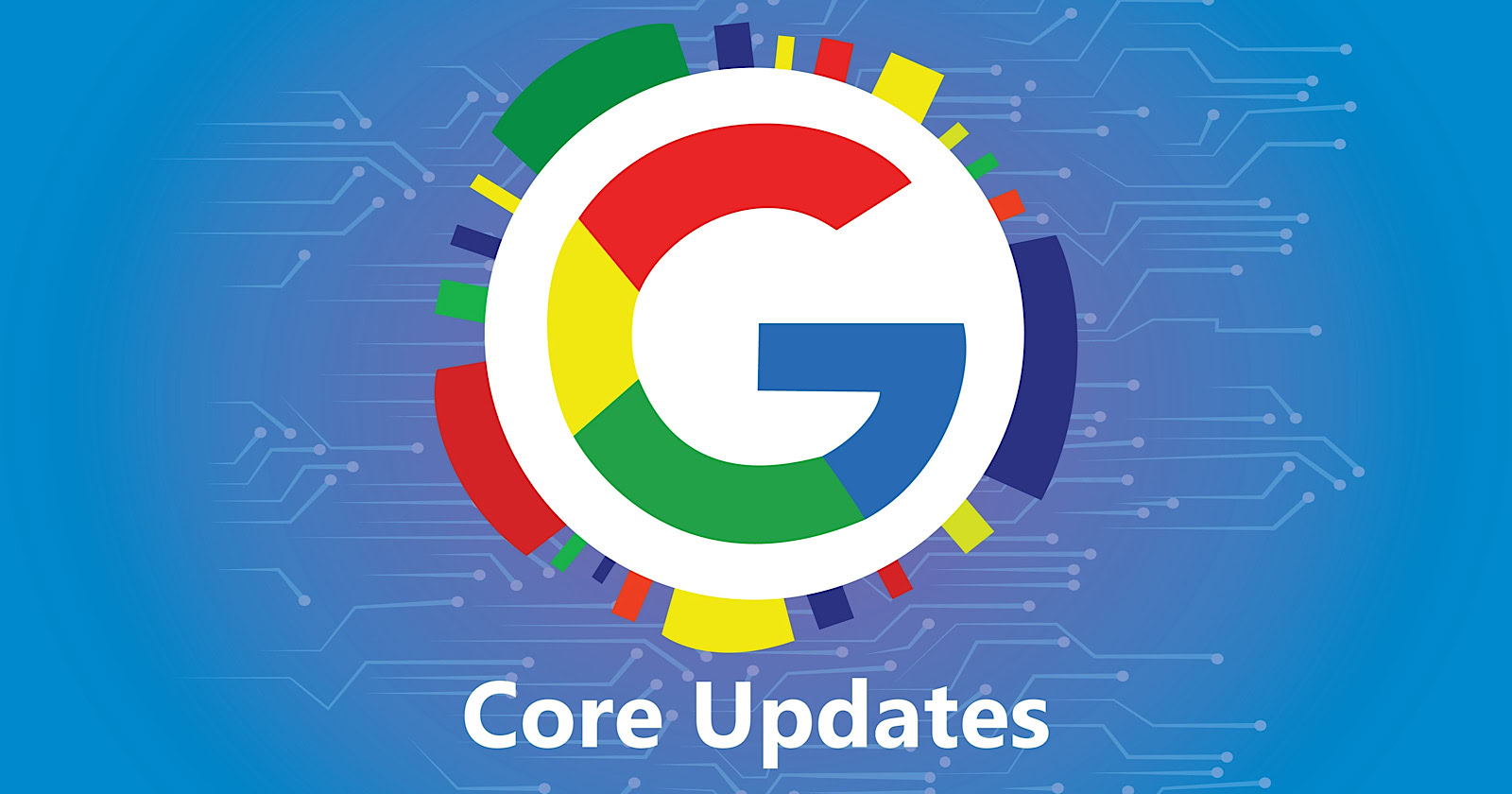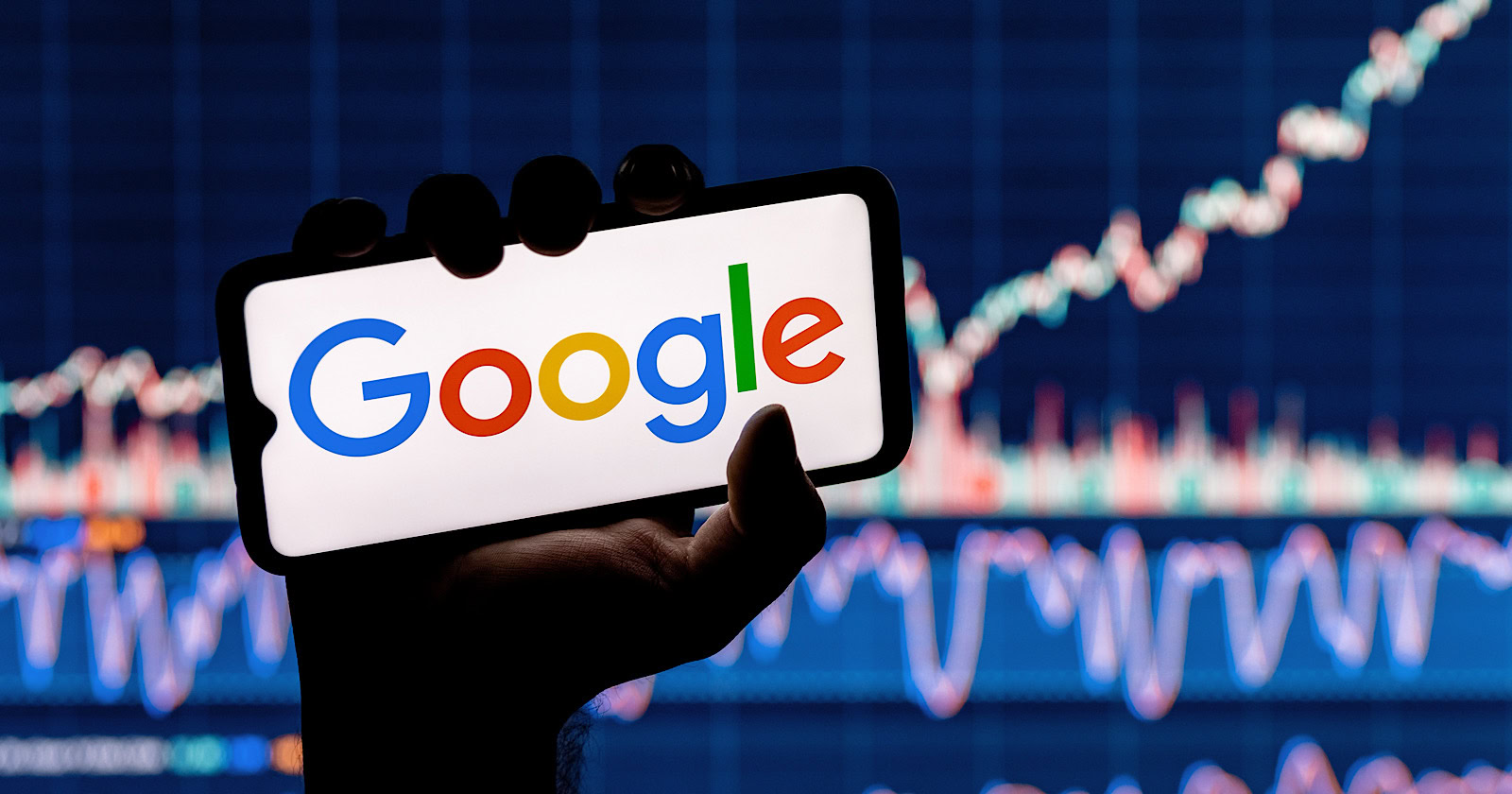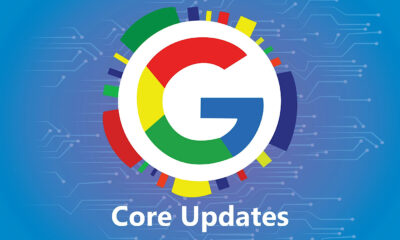SEO
Could these alternative SEO techniques be key to ranking successfully?

With algorithm updates being rolled out on a more regular basis, staying at the top of Google’s search engine results pages (SERPs) has never been harder.
Gone are the days of signing up to directories, exact match domains, and keyword stuffing; SEO practitioners must do whatever they can to outrank their competitors.
Sure, you can put out more grind work through aggressive link-building outreach, hire a PR agency or a bunch of content writers, but could these simple alternative strategies below give you the edge?
Tip #1 – Post content when no one else is
The notion that ‘content is king’ is certainly true – you need good quality content and regular content uploaded to show you are proactive and not a dormant site.
Content cannot be thin, with thousands and thousands of words, because it needs to be relevant and answer questions in your industry, presented by # tags, useful links, images, and videos where possible.
“A competitive edge over your rivals is posting content when no one else is,” explains Rosie Marie, CEO of Rosca Technologies, a data optimisation solution.
“You have to understand that Google is an algorithm and a machine and not just a bunch of suits who look at websites one-by-one.”
Google recrawls every day or at least every few days, Marie explains, stressing it is hard to know precisely when this is. “If you can post content at alternative times of the day or year and Google decides to index your site, who knows, this could give you a competitive advantage,” she says.
Marie notes her business has tried posting content on weekends – easy to do if using a content management system – because others are unlikely to do so.
“In addition, we take advantage of things like UK bank holidays and that lazy week between Christmas and New Year’s because Google could very well pick up that we are being more proactive than our competitors. If this is the case, don’t we deserve to rank higher?”
Tip #2 – Get impartial users to critique your website
We regularly hear that time on site is a good SEO indicator, after all, if people hang on your site for a long time and click through to various pages, this shows that your information is useful, compared to a user who comes and leaves after 5 seconds, resulting in a low bounce rate.
“You could ask your partners and people in your industry to look through your site and offer their feedback,” says Gavin Cooper, founder of Claims Bible.
“Start by posting on LinkedIn and Facebook and say to your friends that you have just redesigned your site or have launched a new business and would truly welcome some feedback,” he says.
“Some of the feedback may not be nice to hear! But you will get a lot of dedicated users really looking through pages and scrolling through and this is great for SEO, certainly in the early days of a website launch.”
Cooper notes businesses must be careful to not forget that a higher click-through rate on Google’s search results also helps during the early buzz of a site launch.
“For instance, if you are ranked position 9 and more people click on you than position 3 or 4, this should also help your ranking,” he says. “Similar ideas include sending out blast emails and SMS messages or making a big announcement on LinkedIn, but linking to your website. Don’t give LinkedIn the traffic, keep it for yourself!”
Tip #3 – Acquire links from simple sources
One of the most traditional link-building techniques is to create quality data-driven pieces and then email around and get links back to it as a resource e.g calculators, money that can be saved etc.
But not only is this very time-consuming but you have no guarantee over which links point back to you, and what anchor text is used.
“Our alternative technique involves finding websites that have already written articles or blog posts on your subject, whether you talk about health, finance, travel or anything that has expert opinion,” explains Luke Fitzpatrick, head of digital at Earned Media.
“Our approach involves reaching out to all those guides on page two to ten, contacting them and offering to give additional data to help ‘bulk up’ and refine their articles,” he says.
“Understandably, several publishers were thrilled to have more information in their articles and were pleased to give a follow link back as a reference. Link building achieved!”
Tip #4 – Using link bait that has already been successful
Content is king, but we know that links make the world go round. There are some things that work as excellent link bait for a brand, such as being nominated or winning awards, and being featured in press sections.
“But looking into competitors, there seem to be some lists that grab more attention than others,” says Richard Allan, co-founder of Capital Bean.
“Creating top lists such as best cities to do something, start a family or retire, tend to attract more interest than others, especially if they are filled with data.”
Allan also notes businesses should consider sponsoring large organisations in the health industry or non-profits since they often give a link and badge as part of it on their websites. “You get to help a great cause too,” he says.
“Another fascinating one is launching a scholarship or essay writing competition – which can attract links from universities and colleges if positioned well.”
Tip #5 – Are you starting to fall? simple, refresh the content
Finally, if you ranked beautifully for some big keywords but find yourself starting to fall, you can just consider refreshing the content and replacing it with new and improved information, taking other points used by those who seem to be ranking better lately.
Google loves fresh content, and this helps your indexability, so it would not be strange to update your main landing pages every 6 months or so to give you that refresh.
SEO
Google March 2024 Core Update Officially Completed A Week Ago

Google has officially completed its March 2024 Core Update, ending over a month of ranking volatility across the web.
However, Google didn’t confirm the rollout’s conclusion on its data anomaly page until April 26—a whole week after the update was completed on April 19.
Many in the SEO community had been speculating for days about whether the turbulent update had wrapped up.
The delayed transparency exemplifies Google’s communication issues with publishers and the need for clarity during core updates
Google March 2024 Core Update Timeline & Status
First announced on March 5, the core algorithm update is complete as of April 19. It took 45 days to complete.
Unlike more routine core refreshes, Google warned this one was more complex.
Google’s documentation reads:
“As this is a complex update, the rollout may take up to a month. It’s likely there will be more fluctuations in rankings than with a regular core update, as different systems get fully updated and reinforce each other.”
The aftershocks were tangible, with some websites reporting losses of over 60% of their organic search traffic, according to data from industry observers.
The ripple effects also led to the deindexing of hundreds of sites that were allegedly violating Google’s guidelines.
Addressing Manipulation Attempts
In its official guidance, Google highlighted the criteria it looks for when targeting link spam and manipulation attempts:
- Creating “low-value content” purely to garner manipulative links and inflate rankings.
- Links intended to boost sites’ rankings artificially, including manipulative outgoing links.
- The “repurposing” of expired domains with radically different content to game search visibility.
The updated guidelines warn:
“Any links that are intended to manipulate rankings in Google Search results may be considered link spam. This includes any behavior that manipulates links to your site or outgoing links from your site.”
John Mueller, a Search Advocate at Google, responded to the turbulence by advising publishers not to make rash changes while the core update was ongoing.
However, he suggested sites could proactively fix issues like unnatural paid links.
“If you have noticed things that are worth improving on your site, I’d go ahead and get things done. The idea is not to make changes just for search engines, right? Your users will be happy if you can make things better even if search engines haven’t updated their view of your site yet.”
Emphasizing Quality Over Links
The core update made notable changes to how Google ranks websites.
Most significantly, Google reduced the importance of links in determining a website’s ranking.
In contrast to the description of links as “an important factor in determining relevancy,” Google’s updated spam policies stripped away the “important” designation, simply calling links “a factor.”
This change aligns with Google’s Gary Illyes’ statements that links aren’t among the top three most influential ranking signals.
Instead, Google is giving more weight to quality, credibility, and substantive content.
Consequently, long-running campaigns favoring low-quality link acquisition and keyword optimizations have been demoted.
With the update complete, SEOs and publishers are left to audit their strategies and websites to ensure alignment with Google’s new perspective on ranking.
Core Update Feedback
Google has opened a ranking feedback form related to this core update.
You can use this form until May 31 to provide feedback to Google’s Search team about any issues noticed after the core update.
While the feedback provided won’t be used to make changes for specific queries or websites, Google says it may help inform general improvements to its search ranking systems for future updates.
Google also updated its help documentation on “Debugging drops in Google Search traffic” to help people understand ranking changes after a core update.
Featured Image: Rohit-Tripathi/Shutterstock
FAQ
After the update, what steps should websites take to align with Google’s new ranking criteria?
After Google’s March 2024 Core Update, websites should:
- Improve the quality, trustworthiness, and depth of their website content.
- Stop heavily focusing on getting as many links as possible and prioritize relevant, high-quality links instead.
- Fix any shady or spam-like SEO tactics on their sites.
- Carefully review their SEO strategies to ensure they follow Google’s new guidelines.
SEO
Google Declares It The “Gemini Era” As Revenue Grows 15%

Alphabet Inc., Google’s parent company, announced its first quarter 2024 financial results today.
While Google reported double-digit growth in key revenue areas, the focus was on its AI developments, dubbed the “Gemini era” by CEO Sundar Pichai.
The Numbers: 15% Revenue Growth, Operating Margins Expand
Alphabet reported Q1 revenues of $80.5 billion, a 15% increase year-over-year, exceeding Wall Street’s projections.
Net income was $23.7 billion, with diluted earnings per share of $1.89. Operating margins expanded to 32%, up from 25% in the prior year.
Ruth Porat, Alphabet’s President and CFO, stated:
“Our strong financial results reflect revenue strength across the company and ongoing efforts to durably reengineer our cost base.”
Google’s core advertising units, such as Search and YouTube, drove growth. Google advertising revenues hit $61.7 billion for the quarter.
The Cloud division also maintained momentum, with revenues of $9.6 billion, up 28% year-over-year.
Pichai highlighted that YouTube and Cloud are expected to exit 2024 at a combined $100 billion annual revenue run rate.
Generative AI Integration in Search
Google experimented with AI-powered features in Search Labs before recently introducing AI overviews into the main search results page.
Regarding the gradual rollout, Pichai states:
“We are being measured in how we do this, focusing on areas where gen AI can improve the Search experience, while also prioritizing traffic to websites and merchants.”
Pichai reports that Google’s generative AI features have answered over a billion queries already:
“We’ve already served billions of queries with our generative AI features. It’s enabling people to access new information, to ask questions in new ways, and to ask more complex questions.”
Google reports increased Search usage and user satisfaction among those interacting with the new AI overview results.
The company also highlighted its “Circle to Search” feature on Android, which allows users to circle objects on their screen or in videos to get instant AI-powered answers via Google Lens.
Reorganizing For The “Gemini Era”
As part of the AI roadmap, Alphabet is consolidating all teams building AI models under the Google DeepMind umbrella.
Pichai revealed that, through hardware and software improvements, the company has reduced machine costs associated with its generative AI search results by 80% over the past year.
He states:
“Our data centers are some of the most high-performing, secure, reliable and efficient in the world. We’ve developed new AI models and algorithms that are more than one hundred times more efficient than they were 18 months ago.
How Will Google Make Money With AI?
Alphabet sees opportunities to monetize AI through its advertising products, Cloud offerings, and subscription services.
Google is integrating Gemini into ad products like Performance Max. The company’s Cloud division is bringing “the best of Google AI” to enterprise customers worldwide.
Google One, the company’s subscription service, surpassed 100 million paid subscribers in Q1 and introduced a new premium plan featuring advanced generative AI capabilities powered by Gemini models.
Future Outlook
Pichai outlined six key advantages positioning Alphabet to lead the “next wave of AI innovation”:
- Research leadership in AI breakthroughs like the multimodal Gemini model
- Robust AI infrastructure and custom TPU chips
- Integrating generative AI into Search to enhance the user experience
- A global product footprint reaching billions
- Streamlined teams and improved execution velocity
- Multiple revenue streams to monetize AI through advertising and cloud
With upcoming events like Google I/O and Google Marketing Live, the company is expected to share further updates on its AI initiatives and product roadmap.
Featured Image: Sergei Elagin/Shutterstock
SEO
brightonSEO Live Blog

Hello everyone. It’s April again, so I’m back in Brighton for another two days of Being the introvert I am, my idea of fun isn’t hanging around our booth all day explaining we’ve run out of t-shirts (seriously, you need to be fast if you want swag!). So I decided to do something useful and live-blog the event instead.
Follow below for talk takeaways and (very) mildly humorous commentary. sun, sea, and SEO!
-
SEARCHENGINES7 days ago
Daily Search Forum Recap: April 19, 2024
-

 WORDPRESS6 days ago
WORDPRESS6 days ago13 Best HubSpot Alternatives for 2024 (Free + Paid)
-

 WORDPRESS7 days ago
WORDPRESS7 days ago7 Best WooCommerce Points and Rewards Plugins (Free & Paid)
-

 MARKETING6 days ago
MARKETING6 days agoBattling for Attention in the 2024 Election Year Media Frenzy
-

 MARKETING6 days ago
MARKETING6 days agoAdvertising in local markets: A playbook for success
-

 SEO7 days ago
SEO7 days agoGoogle Answers Whether Having Two Sites Affects Rankings
-

 SEARCHENGINES6 days ago
SEARCHENGINES6 days agoGoogle Core Update Flux, AdSense Ad Intent, California Link Tax & More
-

 AFFILIATE MARKETING6 days ago
AFFILIATE MARKETING6 days agoGrab Microsoft Project Professional 2021 for $20 During This Flash Sale




![The Current State of Google’s Search Generative Experience [What It Means for SEO in 2024] person typing on laptop with](https://articles.entireweb.com/wp-content/uploads/2024/04/The-Current-State-of-Googles-Search-Generative-Experience-What-It.webp-400x240.webp)
![The Current State of Google’s Search Generative Experience [What It Means for SEO in 2024] person typing on laptop with](https://articles.entireweb.com/wp-content/uploads/2024/04/The-Current-State-of-Googles-Search-Generative-Experience-What-It.webp-80x80.webp)










You must be logged in to post a comment Login